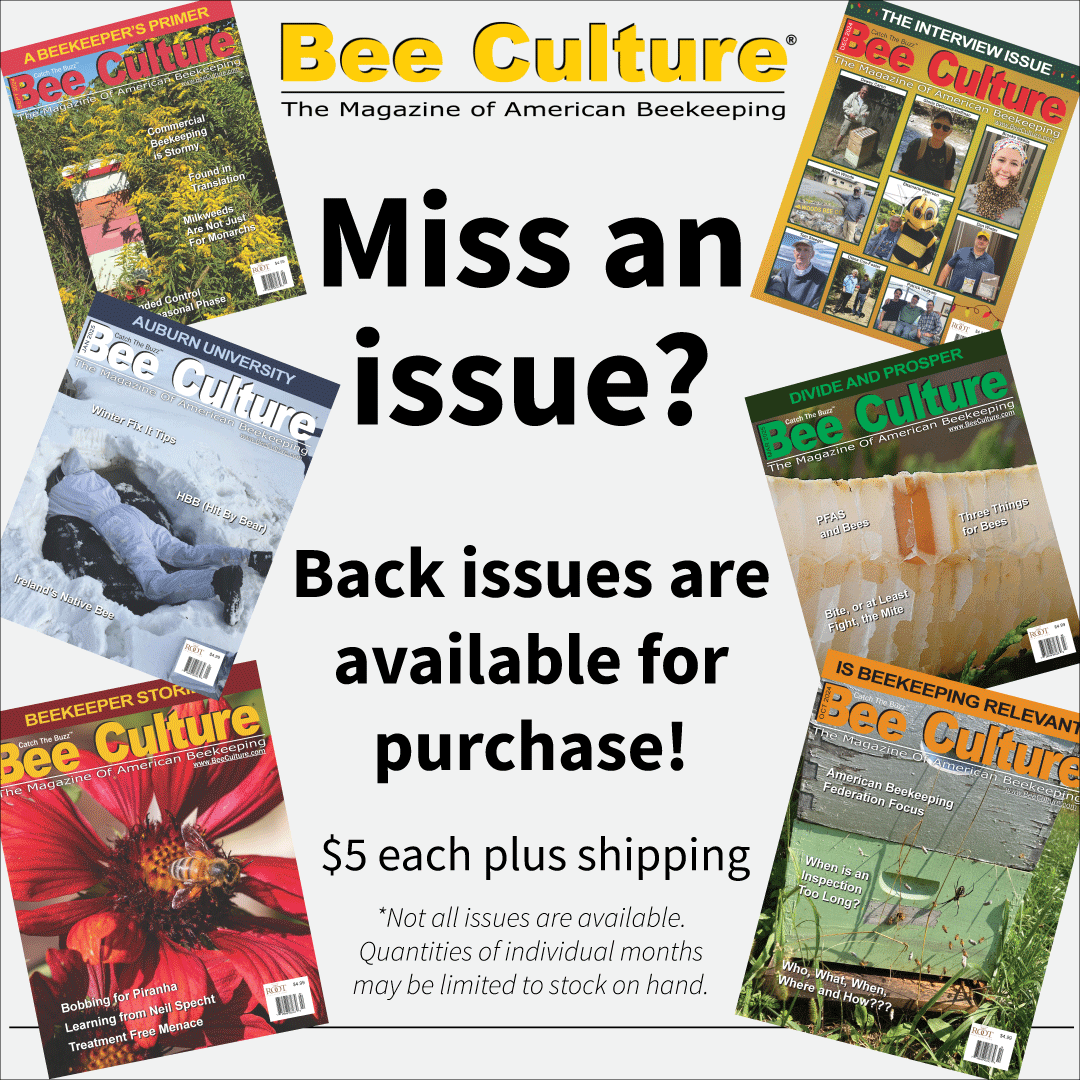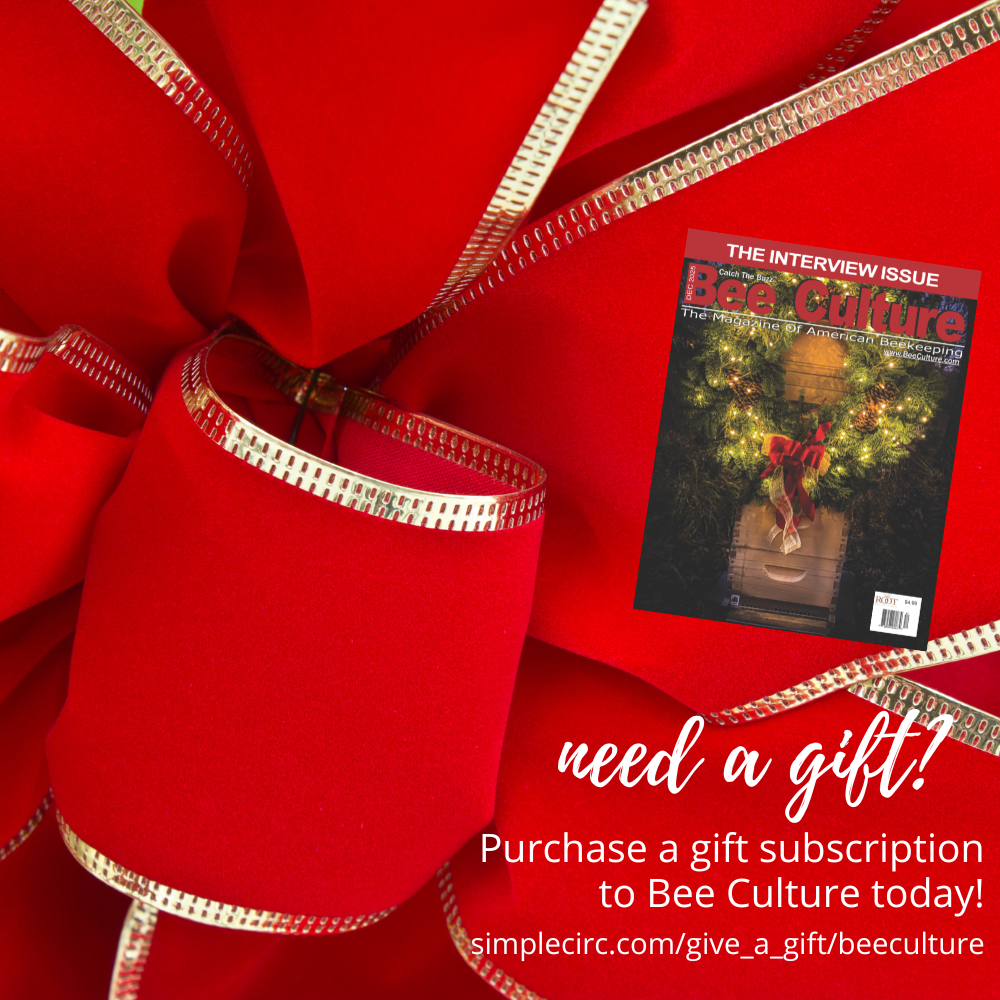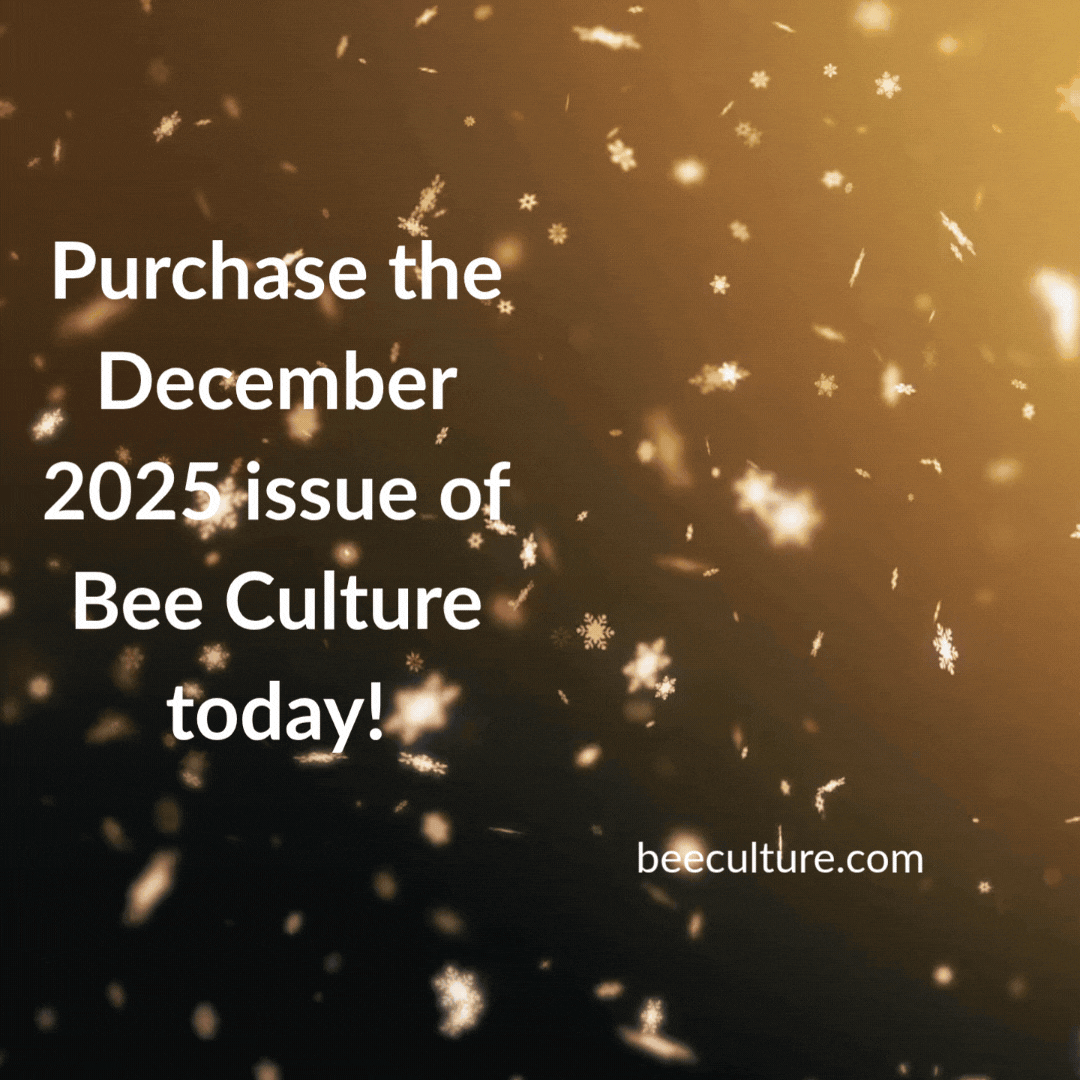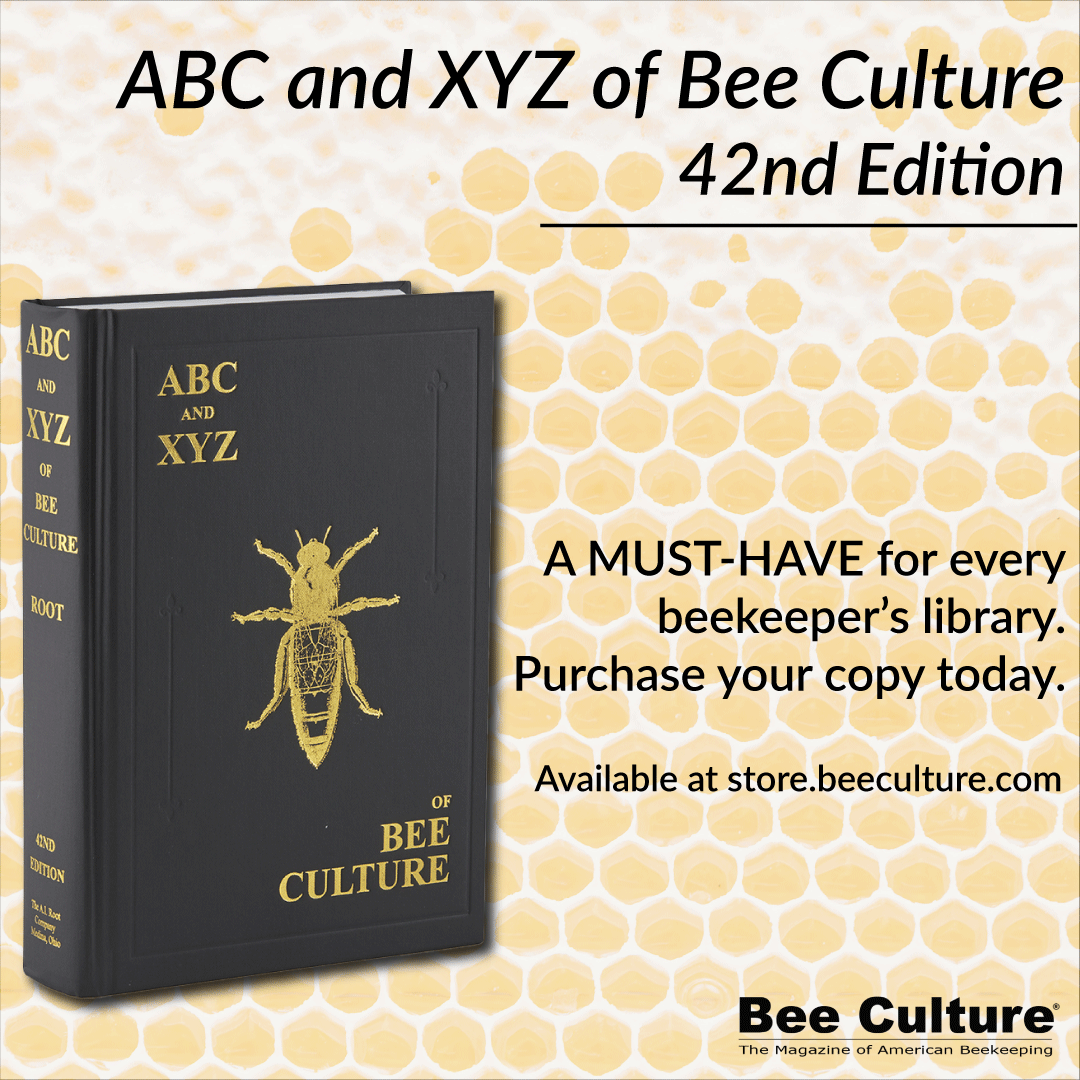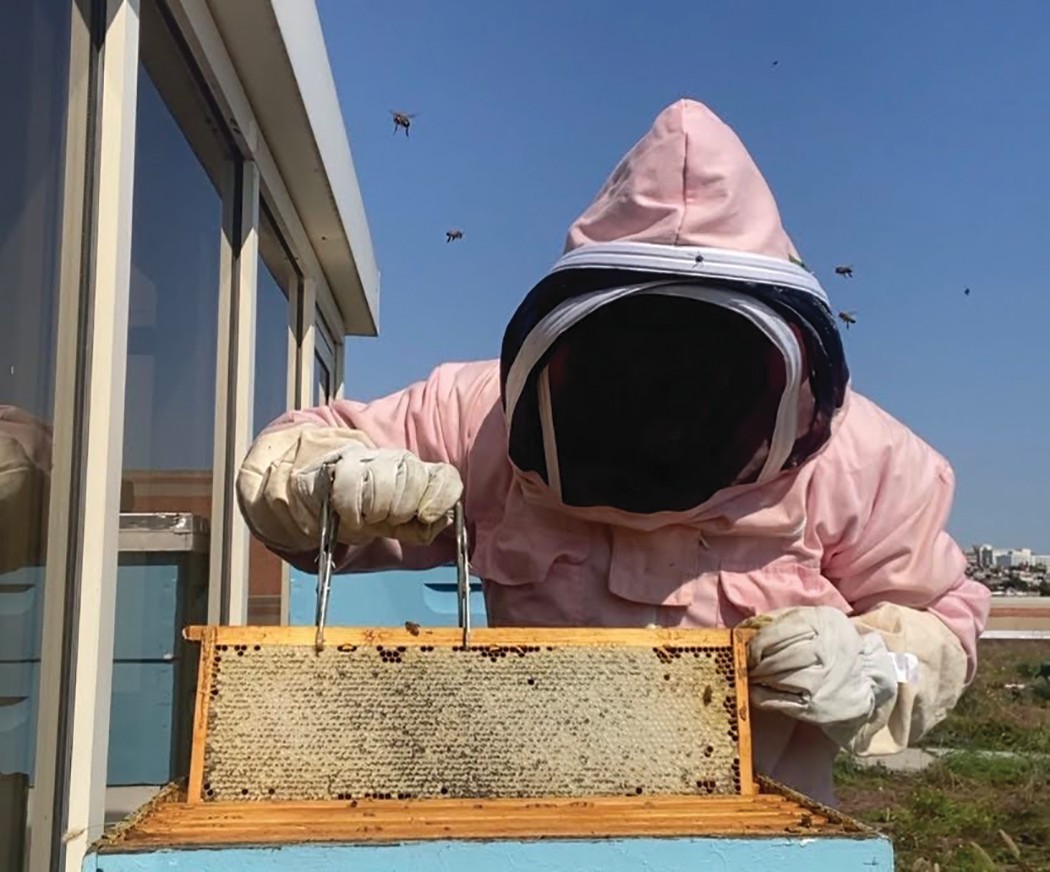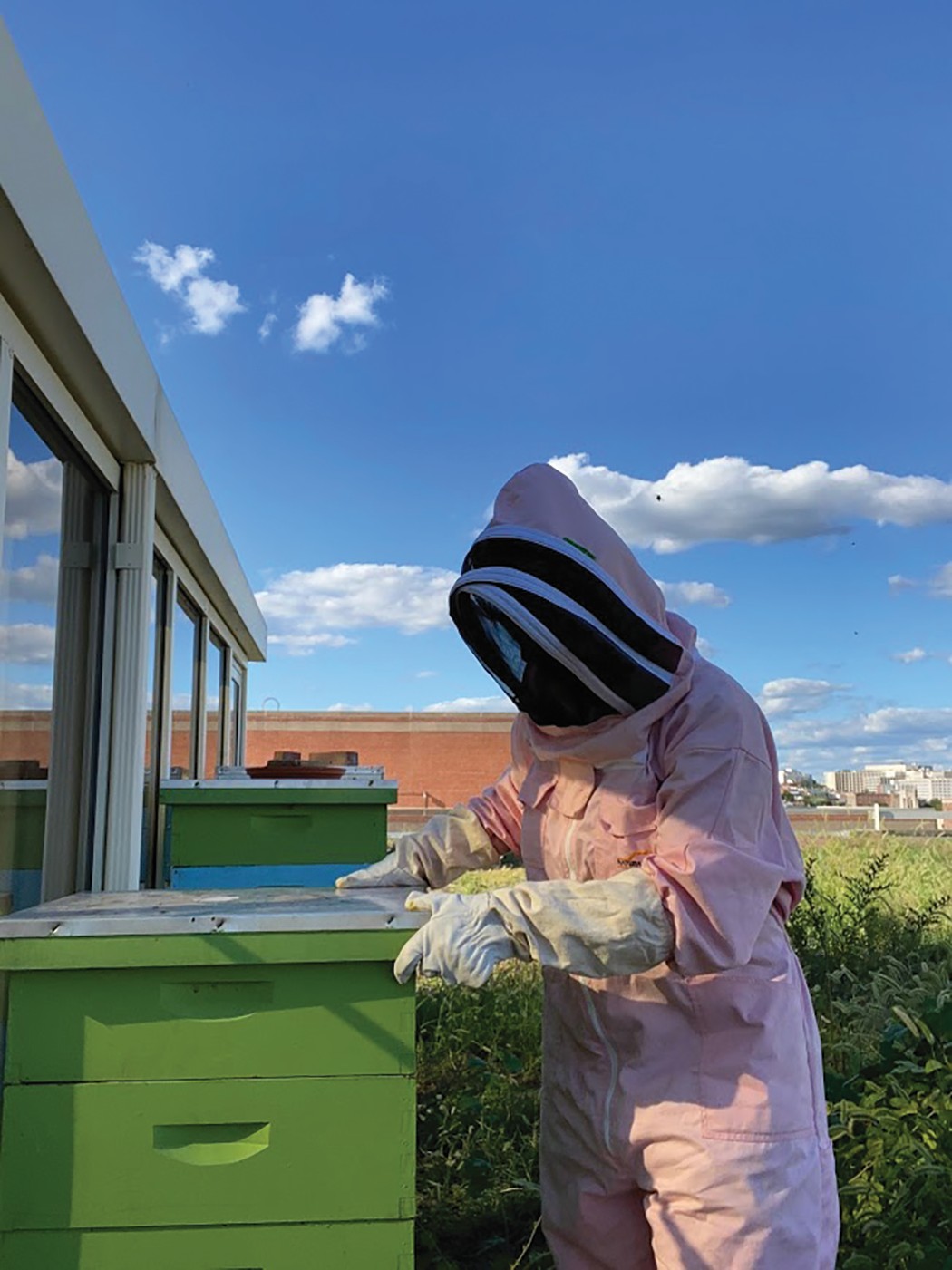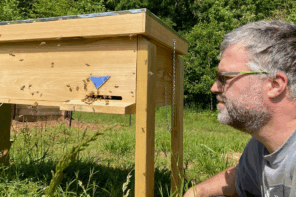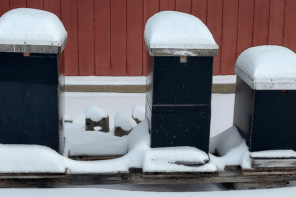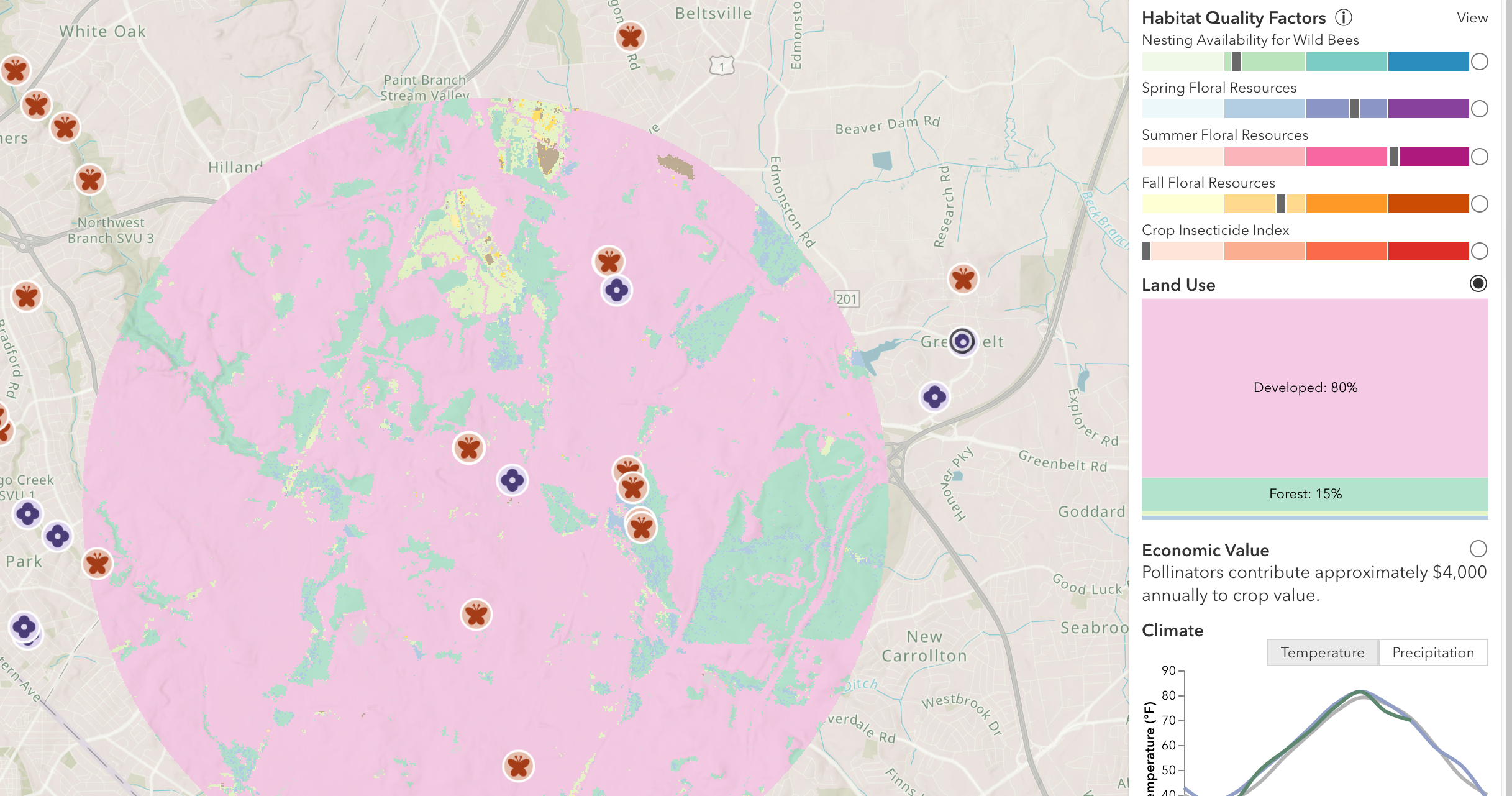Carleigh Turner
Walking on the rooftop of a building, you might expect to see a pool, a garden, or just a barren urban landscape. However, an increasing number of buildings have welcomed another addition to their rooftops: Beehives.
If you were to go to the rooftops of buildings such as the World Wildlife Foundation headquarters, you would see plenty of happy pollinators going about their day. And while just being a good environmental contribution, rooftop beekeeping has been especially attractive to beekeepers. Rooftop hives are known to be less likely to incur hive beetles and ants, common pests that are known to completely decimate hives (www.beekeepinglikeagirl.com). They are also a great option if you are concerned about having bees too close to anxious/allergic neighbors. However, not everyone is so thrilled about this new phenomenon.
While rooftop beekeeping can be a rewarding, fruitful, and bee-friendly experience, some experts are concerned about its effect on native bee populations (www.wired.com). The increase in urbanization of “soil sealing” through concrete has negatively impacted beekeepers worldwide (Daniels, B., Jedamski, J., Ottermanns, R., & Ross-Nickoll, M. 2020). Bees need access to flowers, as they require their nectar and pollen to survive, and with approximately 48 million acres of asphalt in the U.S., bees are definitely feeling its effects. This lack of resources may contribute to a drop in honey production that may be undesirable to beekeepers. Another issue that may arise when rooftop beekeeping is the increased likelihood of hives contracting diseases such as varroa mites and American foulbrood (www.beekeepclub.com).
As a rooftop beekeeper myself, I can attest to a few of these benefits and concerns, and I can offer you what I have learned. The following is what I am doing to keep my hives healthy and safe while enjoying the majestic views and wonders of urban beekeeping.
Limited Greenspace and Water Access
In regards to limited greenspace. I am lucky that the hive I am caring for is near a forest with plenty of nectar/pollen sources available. Therefore, when choosing a place to keep your bees, I would either add some green space to the roof (rooftop garden) or ensure your hive is in a location where your bees would have access (within 3 miles) to nectar/pollen sources. For me, the biggest issue is finding a reliable water source. Therefore, it is important to set up some sort of “bee watering hole” where they can drink, as rooftops are notorious for being especially hot.
Increased Likelihood of Diseases and Viruses
I have had much luck with fending off diseases/viruses, just with treating with oxalic acid and regular monitoring. Therefore, regular monitoring of hive health (looking for signs of American Foulbrood, Deformed Wing Virus, etc.,), conducting regular mite counts, and utilizing treatments such as oxalic acid are ways you can combat the increased likelihood of contracting diseases and viruses.
Difficulty Accessing the Hive
Firstly, access to the hives is of the utmost importance. It is essential for you to easily get up to your bees, as it is recommended to inspect your hives every two weeks (especially when nectar flow is on). You will also need to haul heavy equipment to the roof and to the ground and vice versa, which has become an issue for me in the past. Obtaining a hive lift, and working with the building’s operators for the best times to work with your bees are some of the best things you can do concerning access to your hives.
So, back to the beginning. Should you try rooftop beekeeping? I have to say it has been one of the most rewarding practices I have ever participated in. And while I have definitely had my challenges, I truly believe that if you think it through, and make sure your hives have plenty of access to green spaces/water, you have access to the hive, and you are regularly monitoring for viruses/diseases, you will come out on top.
Good luck, and happy beekeeping.
References
Daniels, B., Jedamski, J., Ottermanns, R., & Ross-Nickoll, M. (2020). A “plan bee” for cities: Pollinator diversity and plant-pollinator interactions in urban green spaces. PloS one, 15(7), e0235492. https://doi.org/10.1371/journal.pone.0235492
https://beekeepinglikeagirl.com/the-pros-and-cons-of-rooftop-hives/#:~:text=Rooftop%20beehives%20will%20also%20have,is%20no%20longer%20an%20issue.
https://www.wired.com/story/why-some-ecologists-worry-about-rooftop-honey-bee-programs/
https://beekeepclub.com/getting-started-beekeeping/urban-beekeeping/


